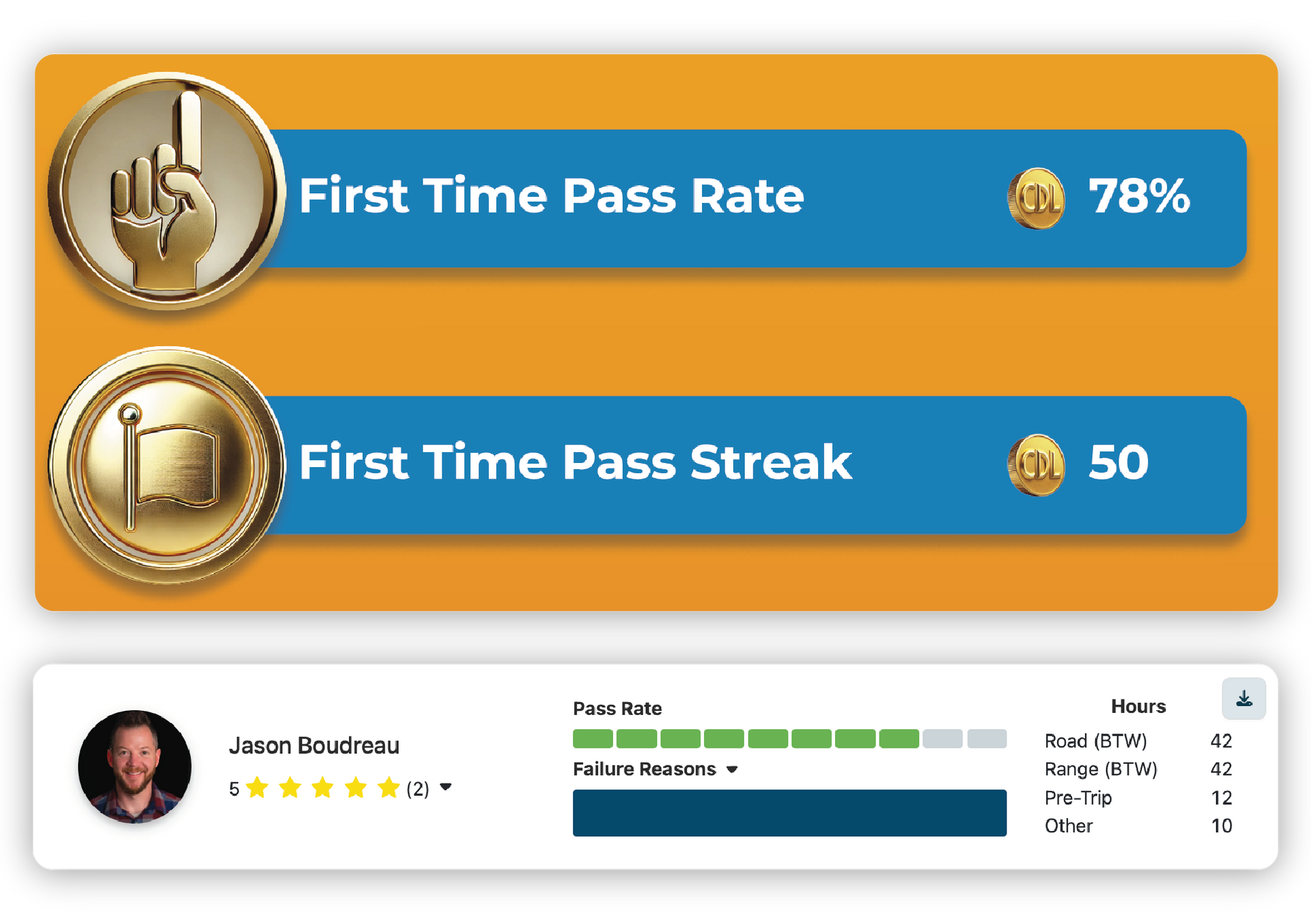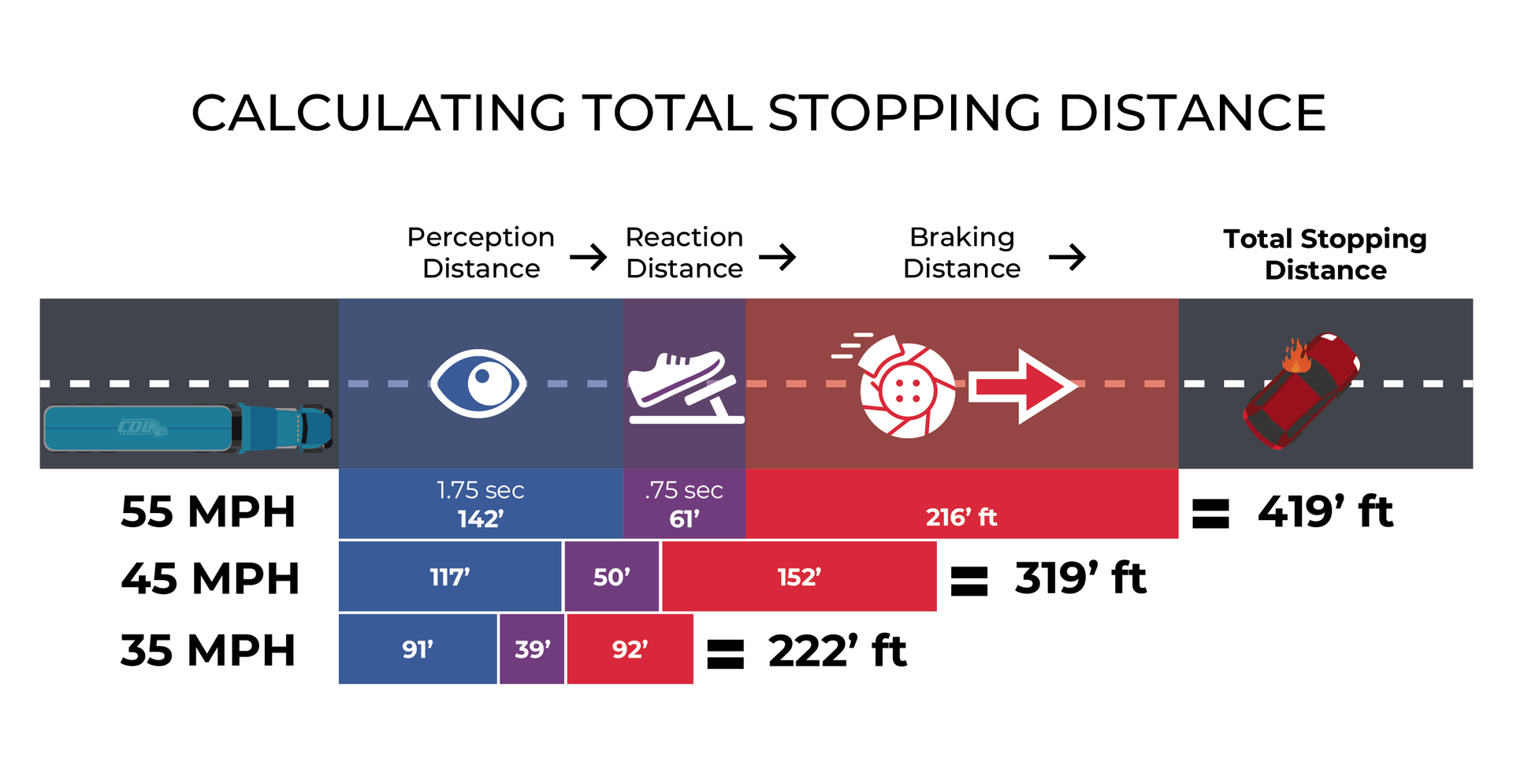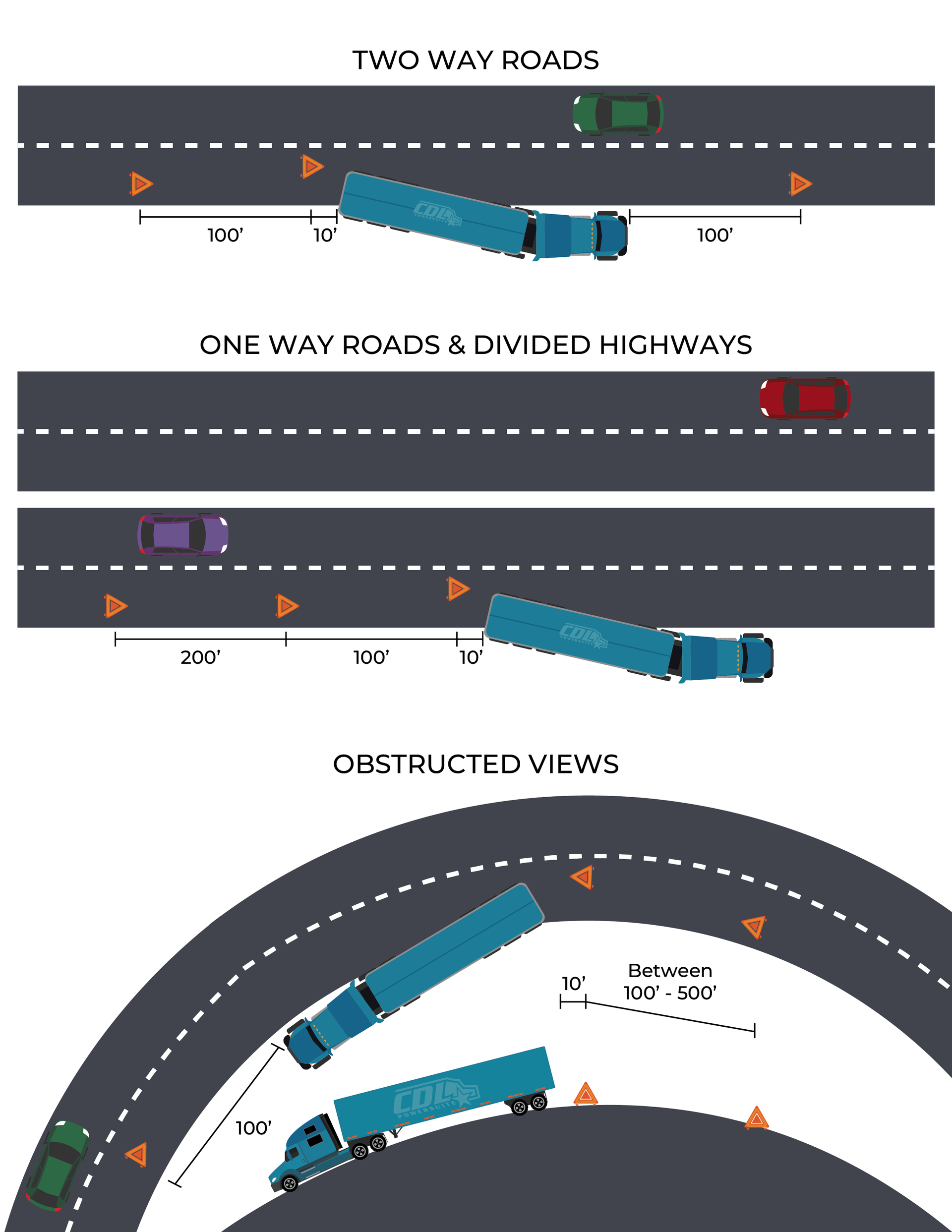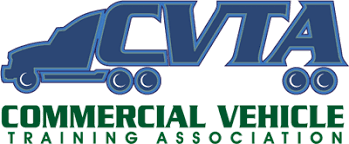First-Time Pass Rate, A Key Metric of CDL Training Success
Jason Boudreau • January 20, 2025
In the world of Commercial Driver’s License (CDL) training, few metrics are as pivotal to a school’s success as the first-time pass rate. This statistic represents the percentage of students who complete their CDL training program and pass their state CDL test on the first attempt. For training providers, a high first-time pass rate is more than just a number; it directly reflects training quality.

Why First-Time Pass Rate Matters
- Quality of Training:
A high first-time pass rate signals that a training program effectively prepares students to meet state testing requirements. It reflects well-designed curriculum, competent instructors, and comprehensive preparation that equips students with the skills and knowledge to succeed.
- Resource Allocation:
CDL training providers have finite resources like instructor time, classroom space, and training vehicles. Ensuring that students pass their state tests the first time reduces the need for retraining, allowing schools to allocate those resources to new students.
- Reduced Time to Employment:
Students who pass their state CDL test on the first attempt can transition from training to employment more quickly. This accelerated timeline benefits both the students and the companies eager to hire qualified drivers, enhancing the reputation of the training provider.
Monitoring and Improving First-Time Pass Rates
Top-tier CDL training schools recognize the importance of this metric and take proactive steps to monitor and improve their first-time pass rates. These measures include:
- Instructor Performance Analysis:
Schools that excel in CDL training closely analyze first-time pass rates by instructor. By identifying trends in student performance, schools can pinpoint specific areas where students struggle. For example, if multiple students fail the same portion of the test under a particular instructor, it may indicate a need for additional support or updated teaching methods.
- Providing Instructor Support: When patterns of student failures emerge, schools can offer targeted guidance and resources to instructors. This could include:
- Enhanced professional development opportunities.
- Access to updated teaching materials and techniques.
- One-on-one coaching or mentoring from senior instructors.
- Student Feedback:
Gathering feedback from students who fail their state test can provide valuable insights into training gaps. By understanding why students struggle, schools can adjust their programs to better address these challenges in the future.
- Continuous Curriculum Improvement: The CDL testing process evolves, and training providers must adapt accordingly. Regularly updating course materials and integrating the latest industry standards ensures that students are fully prepared for the demands of the test and their future careers.
Conclusion
For CDL training providers, the first-time pass rate is not just a measure of success—it is a competitive advantage. Schools with high first-time pass rates build stronger reputations, attract more students, and form valuable partnerships with companies seeking top-notch graduates. Furthermore, a focus on this metric aligns the school’s goals with the aspirations of its students, creating a win-win situation for everyone involved.
Improving first-time pass rates requires dedication, collaboration, and a commitment to excellence. Schools must view this metric as an opportunity for continuous improvement rather than a static target. By fostering a culture of accountability and support, CDL training providers can ensure that their programs produce confident, capable drivers who pass their state tests the first time—and embark on successful careers in the trucking industry.


Contact Us
3620 N Eden Rd, Spokane Valley, WA, 99216
Associate Members of

Pages

Made in the USA
SOFTWARE DEVELOPED ONSHORE
Stay Informed
All Rights Reserved | CDL PowerSuite™


